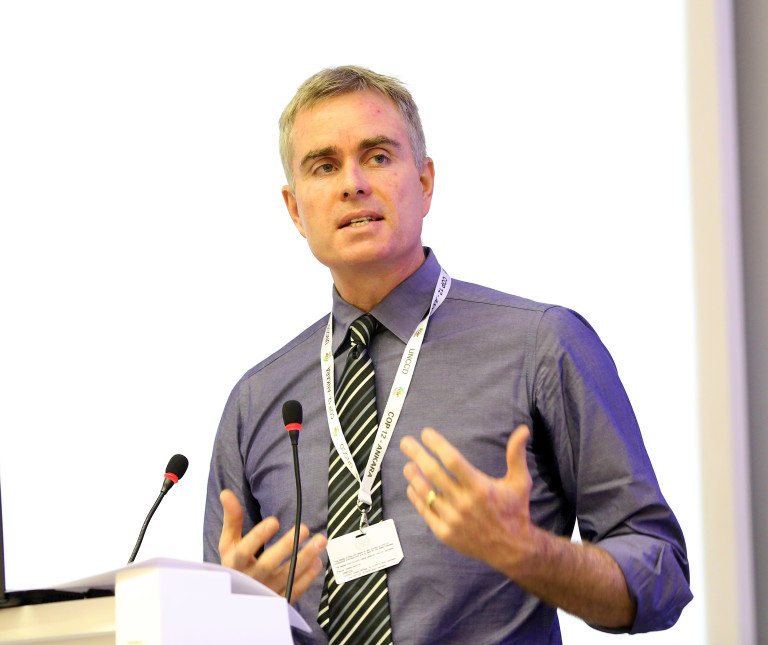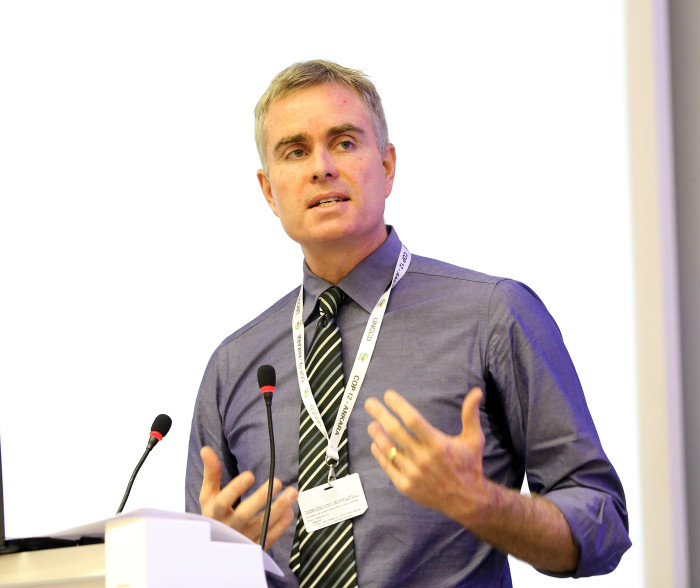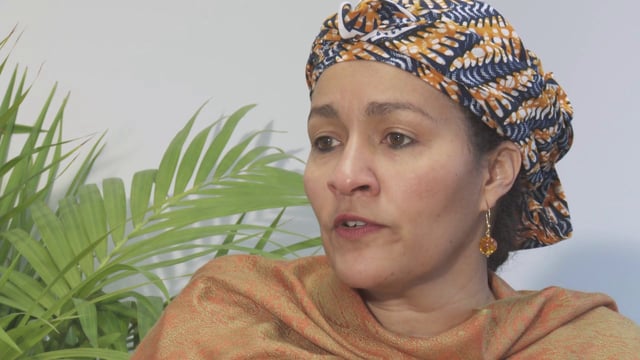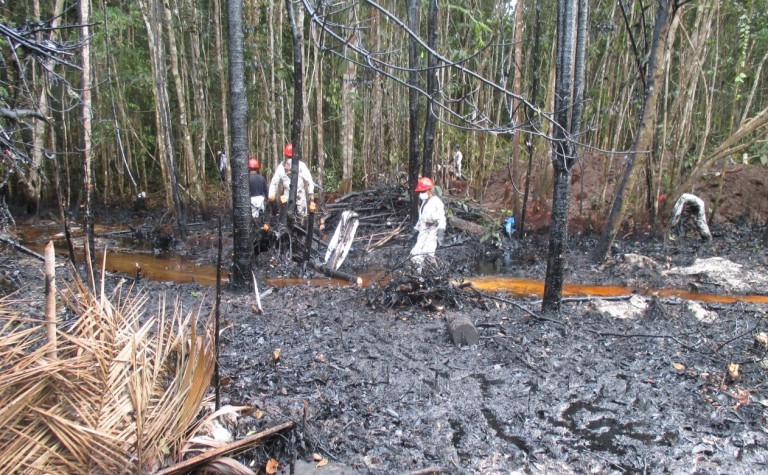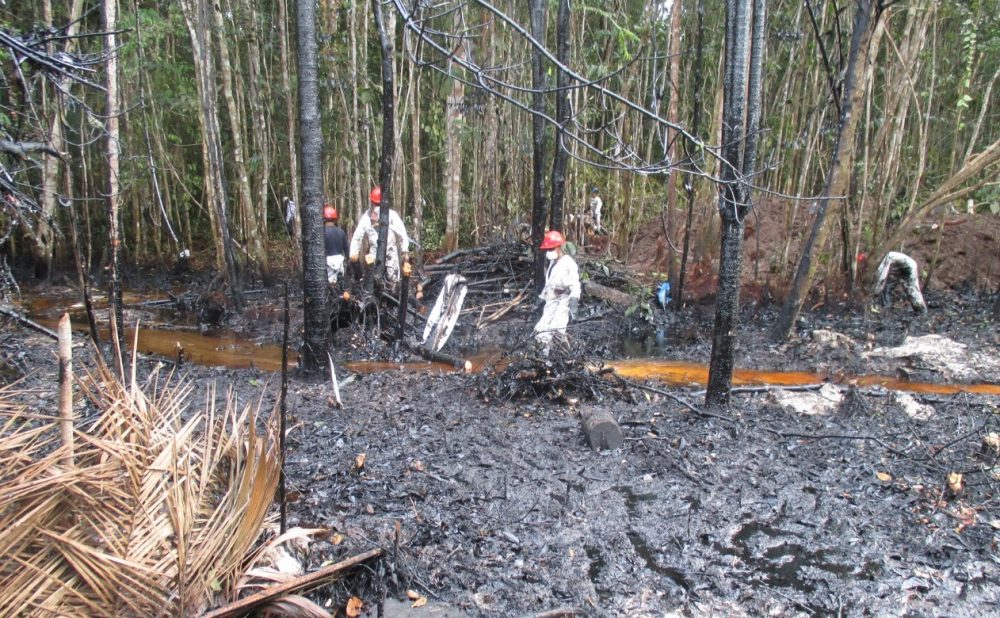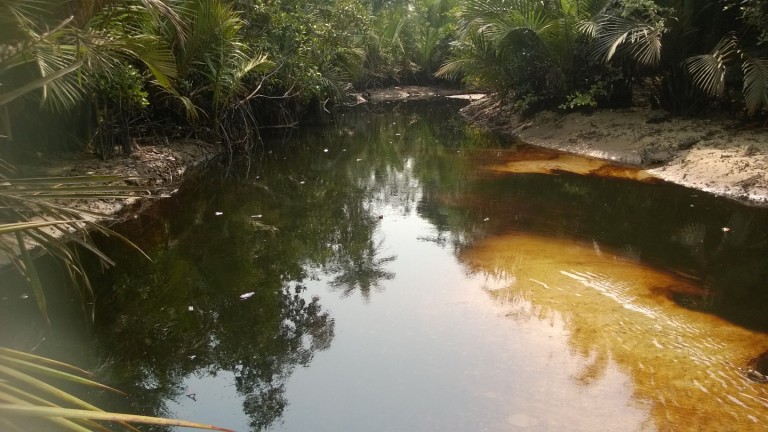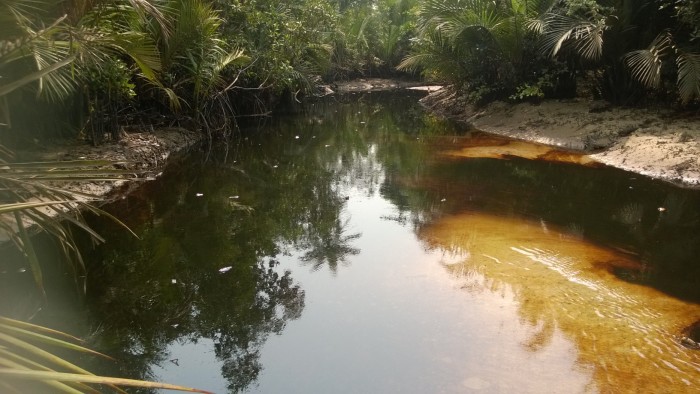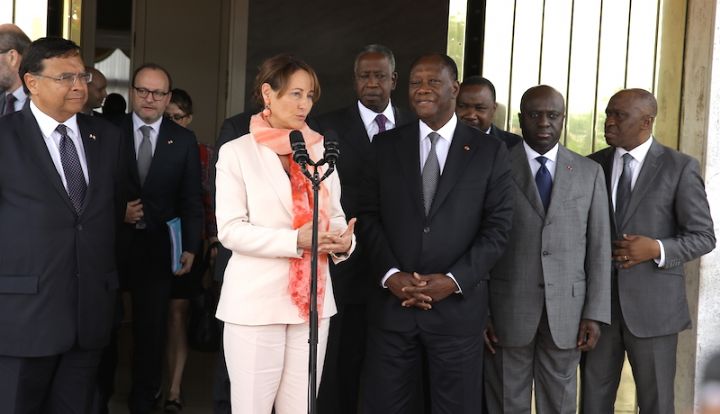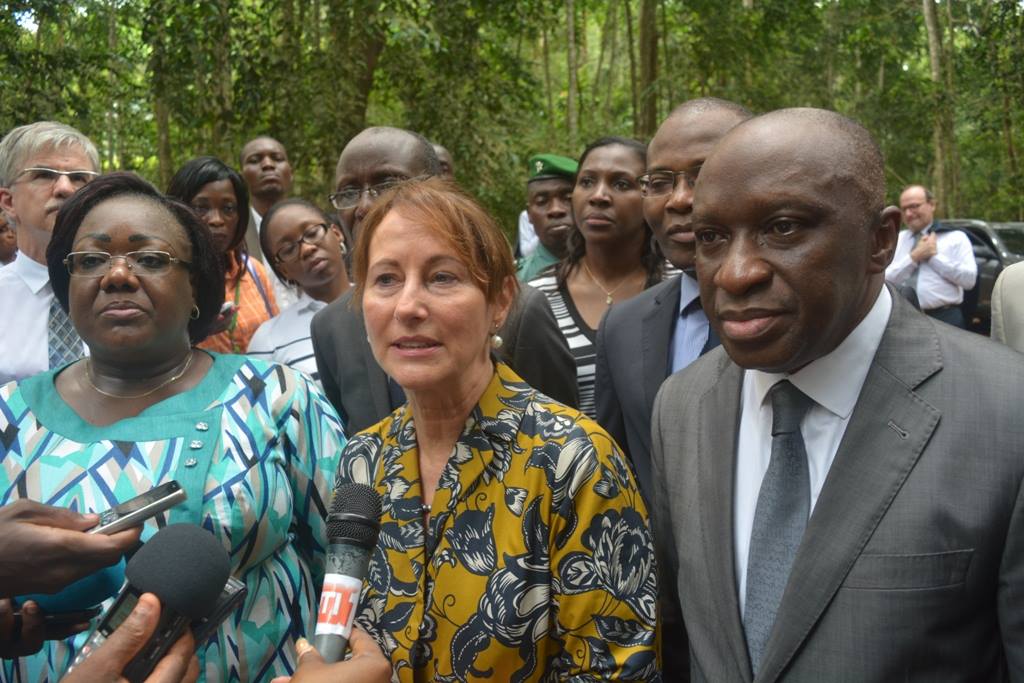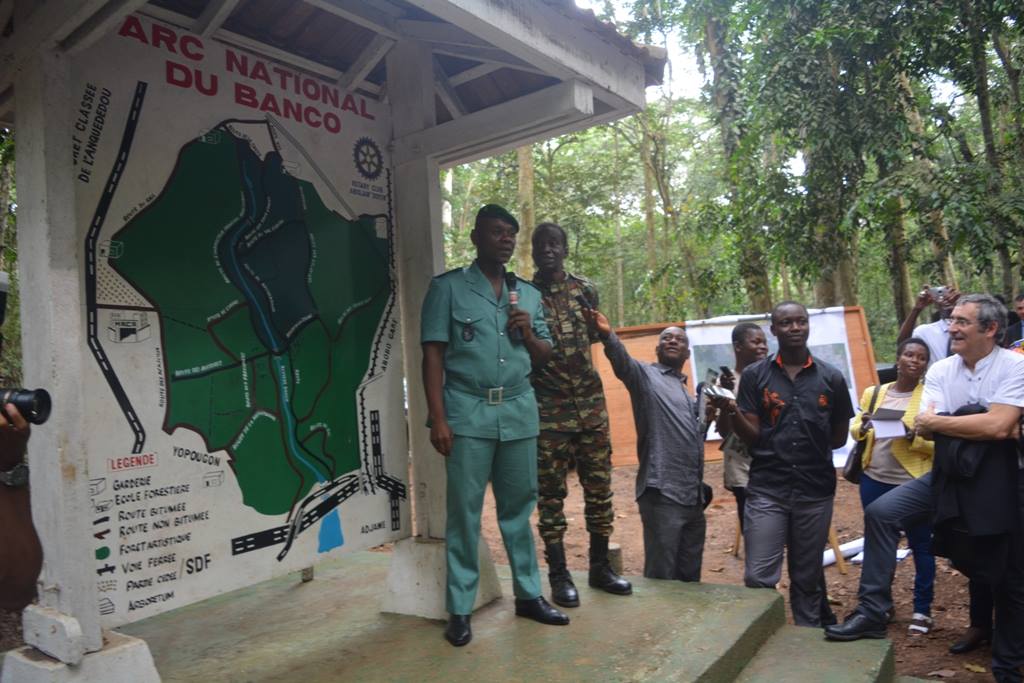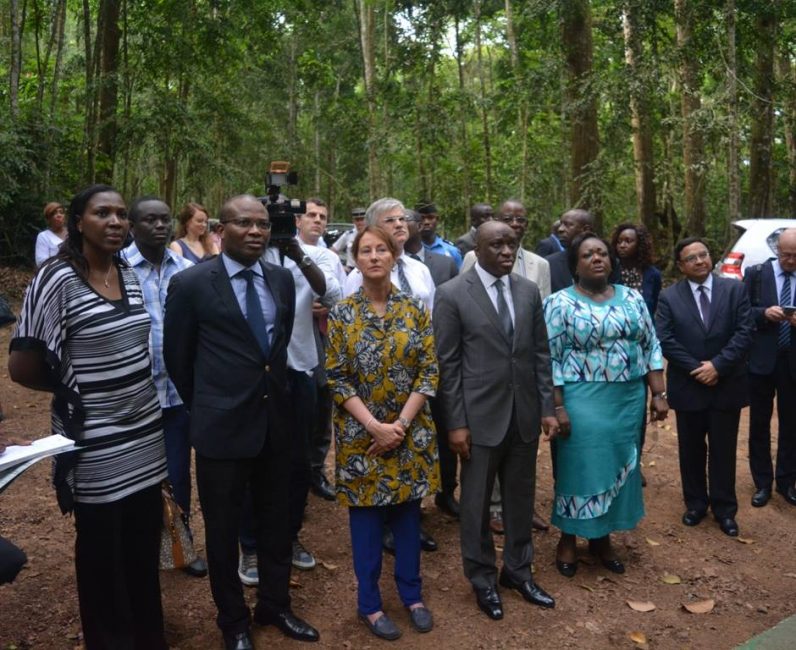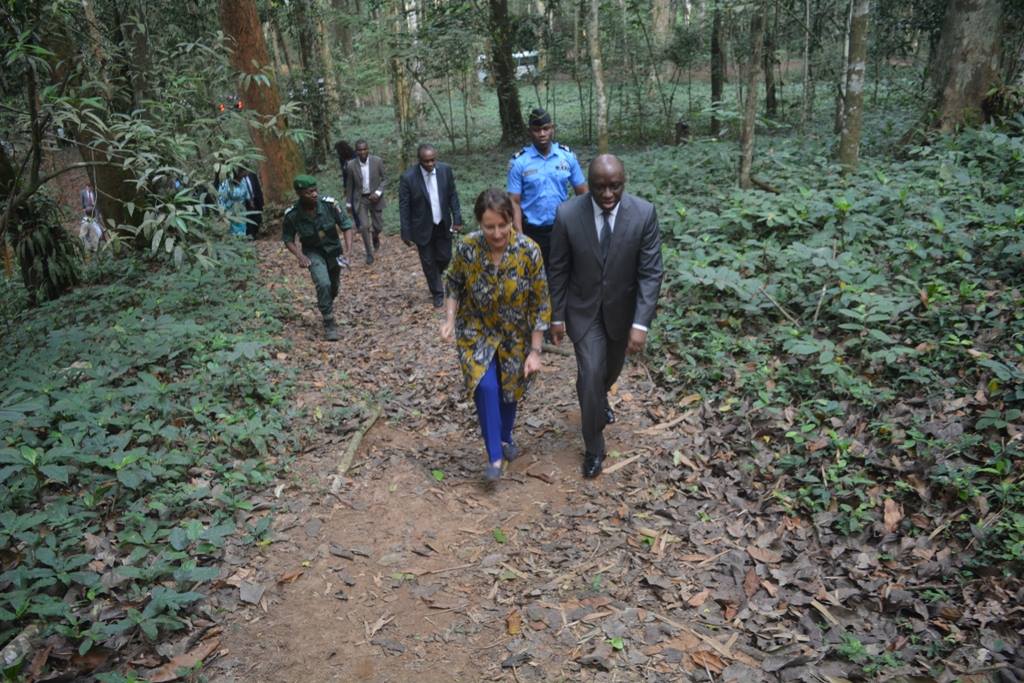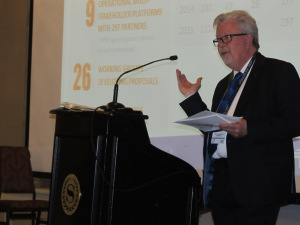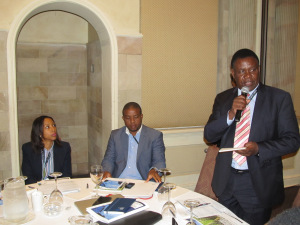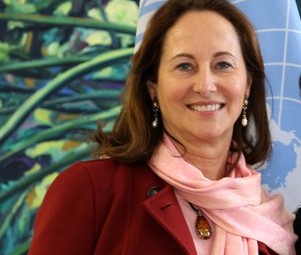A tropical rainforest more than twice the size of France is at risk of being cut down, following news from the Democratic Republic of Congo (DRC) that the government is considering re-opening its forest to new logging companies.

This comes at a time when the governments of Norway, France, Germany, the UK, and the European Union, are assessing whether to support a billion-dollar plan proposed by the DRC government to protect the country’s 1.55 million square kilometres of forests.
A coalition of environmental and anti-corruption organisations is calling on the DRC government to maintain its moratorium on the allocation of new logging licenses, which has been in place since 2002.
Irène Wabiwa Betoko of Greenpeace Africa, said: “The large-scale logging of DRC’s rainforest was and is a disaster. It not only harms the country’s environment, but also fuels corruption and creates social and economic havoc.”
Lars Løvold of Rainforest Foundation Norway (RFN) said: “At a time when the global community is working together to protect the world’s last rainforests, a vital defense against climate change, the DRC government seems to be undermining the commitment to reducing emissions that it presented in Paris.”
The DRC Environment Minister Robert Bopolo Bogeza recently stated that measures are being undertaken to lift moratorium on the allocation of new logging licenses, while outlining his priorities for 2016, citing the financial benefits this could bring.
Joesph Bobia of Réseau Ressources Naturelles (RRN) said: “The argument that logging can significantly contribute to government revenues is completely unfounded. Around a tenth of the DRC’s rainforest is already being logged. And yet, in 2014 the country obtained a pitiful USD8 million in fiscal revenues from the sector – the equivalent of about 12 cents for every Congolese person,”
Simon Counsell of the Rainforest Foundation UK said: “Expansion of industrial logging in Congo’s rainforests is likely to have serious long-term negative impacts on the millions of people living in and depending on those forests. We urge the government of DRC to instead promote community based forest protection and alternatives to logging that will help the country’s population prosper.”
Reducing Emissions through Deforestation and Degradation (REDD) is an international effort under the UN climate treaties to combat carbon emissions by protecting the world’s forests. DRC’s national strategy for REDD has been under negotiation for six years and will be submitted to international donor governments for approval this year.
“We call upon the DRC government to keep the present logging moratorium in place,” Ms Wabiwa Betoko concluded.
The moratorium on the allocation of new logging titles was issued by Ministerial decree in 2002, in an attempt to regain control of the country’s timber industry, which was riddled with illegal logging and corruption, which came at a significant social and environmental cost.
DRC’s forest accounts for around one tenth of the world’s remaining tropical rainforests. Many species, such as the bonobo and okapi, are only found in these ecosystems. Some 40 million people in the country rely on these forests for their livelihoods, including food and fuel.

